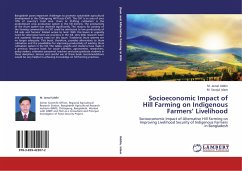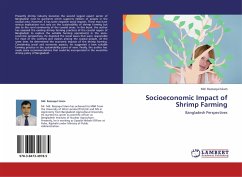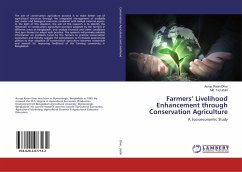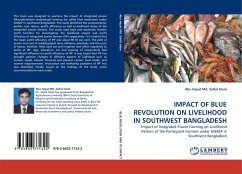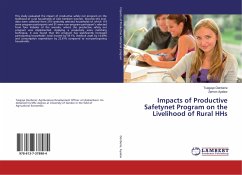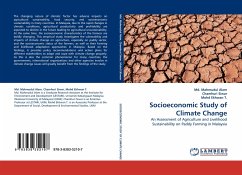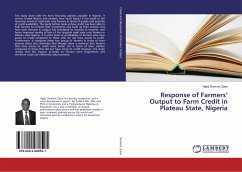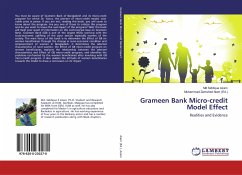Bangladesh poses important challenges to promote sustainable agricultural development in the Chittagong Hill Tracts (CHT). The CHT is an area of over 10% of country's total area. Jhum or Shifting cultivation is the predominant crop production system in the hill districts. The productivity of the Jhum system was declined significantly. The reasons for poverty of the farming communities in CHT could be attributed to low productivity of hill soils and farmers' limited access to land. With this boom in urgently need for alternative land use practices in the hill. Very little research work and academic literature exists on this issues. Traditional Jhum systems are no longer adequate. This book, therefore, provides alternatives to Jhum cultivation and the possibilities for improving productivity of existing Jhum cultivation system in the hill. The tables, graphs and citations have made it a precious resource book for social scientists, agronomists, researchers, policy makers, extensionpersonnel, teachers and post-graduate students in these disciplines. Sincere and careful use of these book recommendations would be very helpful in achieving knowledge on hill farming practices.
Bitte wählen Sie Ihr Anliegen aus.
Rechnungen
Retourenschein anfordern
Bestellstatus
Storno

